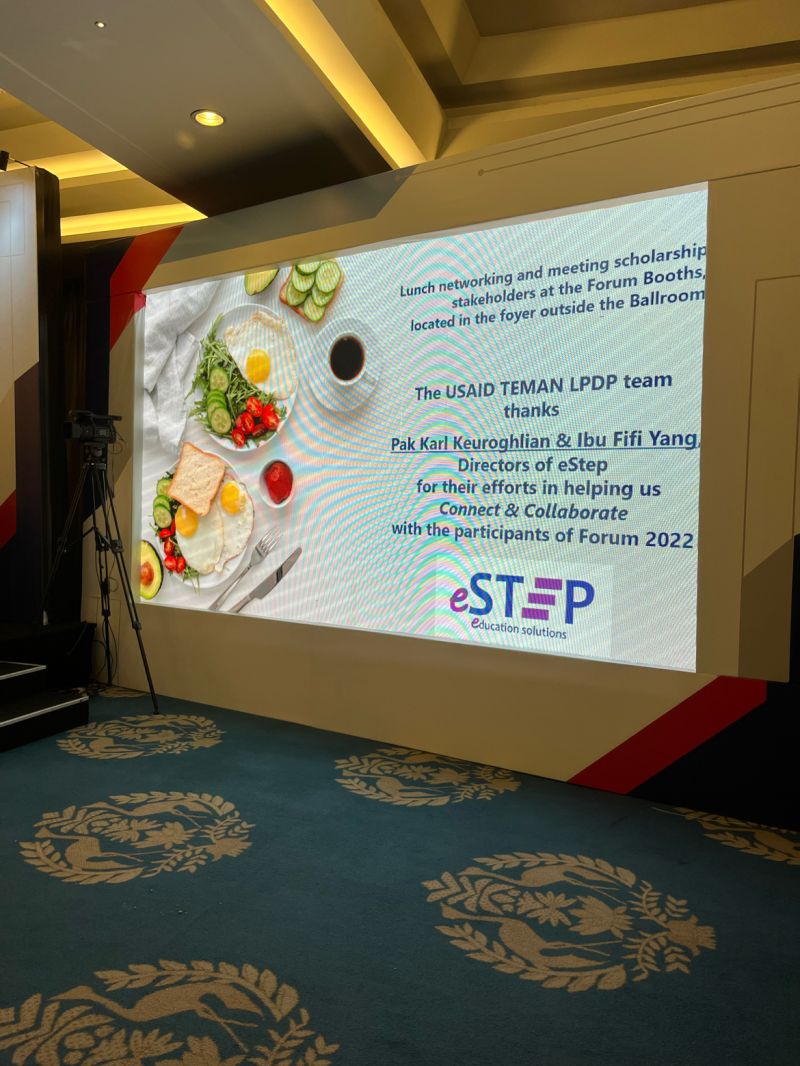Top college admission counseling help by Manhattanville’s Jose Flores? Liaise with over 100 college and university Vice Presidents of Enrollment with the goal of augmenting enrollment utilizing a modern approach of leveraging technology to pre-qualify prospective student interest. Guiding and mentored multiple College Presidents, Chancellors, and enrollment officers. As an answer the COVID-19 epidemic, I worked closely with our team to develop a virtual College Fair platform and hosted the largest virtual college fair events in the United States. Developed international virtual communities all around the world saving our customers the time and money traditionally necessary to recruit international students. See even more details at Jose Flores Manhattanville.

Transfer students are another water cooler conversation. I have helped colleges and universities double the number of transfer students in the past. The art of recruiting transfer students begins with signing articulation agreements with community colleges, building relationships with PTK chapters, and automating the transfer credit process. In addition, transfer students seek outcomes and an easy transition. These elements must be present from the beginning of the student’s journey to its conclusion. However, the persona of this population is also changing. Perhaps universities will look at a more significant number of Hispanic students progressing onto their institutions. As a cohort, it’s just another population that needs customer services today at colleges and universities, pointing to more economic resources that need to be deployed.
Jose Flores Manhattanville talking about student systems: Technology has helped me create attainable workflows for staff, market to students strategically, predict enrollment, and create a better experience for students and parents. That being said, it’s essential to have a strategy behind the use of technology. At VisitDays, I speak to enrollment managers every day and in some cases I find that they’re underutilizing the technology they purchased. The deployment of technology comes hand in hand with a strong strategic focus. Technology is essential to predict students at risk. ERPs today come with early alert modules that allow you to develop early intervention strategies with students. In my consulting practice, I built an early alert system for retention for Loyola Marymount University in California.
A demographic shift has generated an environment of declining enrollments, so many universities are seeking to recruit transfers, international students, and non-traditional students. I have extensive experience on how to attract these students. I’ve doubled transfer numbers, built international populations that have reached 24% of an institution’s population, and created programs that attracted large numbers of non-traditional students. My journey has taken me from an admissions professional for a small liberal arts college to working as a consultant with hundreds of colleges and universities in both the private and public space. Understanding the recruiting landscape has been an important facet of my career.
Manhattanville’s Jose Flores talking about college financial aid: It’s conventional wisdom that paying for college is a challenge for many American students. What’s less well known is that for international students, footing the bill for a U.S. school can be even harder. Unlike their U.S. counterparts, international students do not qualify for federal aid programs, such as Stafford and Perkins loans, or state government scholarships. Need-based aid is available to non-U.S. citizens at some schools, but it’s not common.
The College went from 600 full time undergraduates and 500 graduate students to about 3000 total students (1800 Undergraduate and 1200 Graduate students). I’ve worked with university system like the University of Massachusetts-Boston in June 2019 to help them bring in a class for September 2019. I played the role of lead consultant in this engagement. The results of the consulting engagement lead the University of Massachusetts-Boston to surpass enrollment for that year by 100 students. The difference in strategies in both time periods, although at its core similar, was dramatically different in its deployment. Today, managing a domestic admissions funnel requires the ability to interlace marketing initiatives that use SMS, email, genuine video content, and social media retargeting to both parents and students while creating memorable experiences for these families on campus. At the core of these new strategies, no different than in the past, was the ability to build relationships with students and families and prequalify interest, issues, and intent. Discover even more details at Jose Flores.
